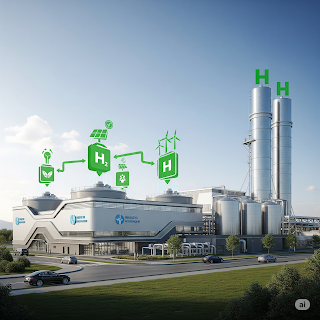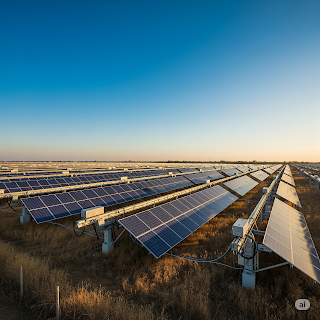🔑 Key Takeaways
📌 Rising climate extremes are worsening health outcomes across India.
📌 Monsoons and heatwaves are now erratic and intensifying, posing major risks.
📌 Shift needed from emergency healthcare to preventive public health.
📌 Focus on vulnerable groups, especially the poor, elderly, and children.
📌 India needs climate-resilient infrastructure and health systems rooted in equity.
🌡️India's Health Under Climate Siege
India is experiencing the direct health impacts of climate change—from record-breaking heatwaves to early, erratic monsoons. While emergency healthcare systems attempt to keep up, it is becoming clear that reactive measures are no longer enough. As global warming intensifies, India must prioritize long-term, preventive public health strategies.
🔥 The Heat is On: India’s Escalating Climate Extremes
The India Meteorological Department (IMD) has reported a noticeable shift in seasonal patterns. In recent years:
-
Heatwaves have grown longer and deadlier
-
Urban heat islands amplify temperatures
-
Rural regions face crop failures and water scarcity
These rising extremes aren’t just environmental—they’re deeply public health crises.
🧑⚕️ Emergency Healthcare Isn’t Enough Anymore
India’s current approach has largely been reactive: deploying ambulances, issuing heat advisories, and offering emergency care when temperatures spike.
But this system has three major flaws:
-
Delayed response leads to avoidable deaths.
-
Urban bias excludes rural and poor populations.
-
Lack of awareness means many don’t know how to respond.
India needs a new healthcare vision that anticipates, not reacts to, climate extremes.
🌍 What is Climate-Responsive Public Health?
Climate-responsive public health means:
-
Heat action plans integrated into local governance
-
Cooling shelters in slum areas and rural pockets
-
Real-time climate-health data systems
-
Community-led awareness campaigns
-
Cross-sector coordination between health, urban planning, and climate ministries
👩👧👦 The Equity Imperative: Health Justice in a Warming India
Climate change is not an equalizer. The most affected are often the least responsible:
-
Urban poor in tin-roof homes
-
Elderly and children with low heat tolerance
-
Women and outdoor workers like farmers and laborers
Equity-based strategies must prioritize these vulnerable groups. This includes:
✅ Targeted subsidies for heat-resilient housing
✅ Accessible healthcare in climate hotspots
✅ Nutrition and hydration programs during extreme seasons
🏥 Building Climate-Resilient Health Infrastructure
India must act now to build:
-
Hospitals with passive cooling architecture
-
Off-grid clinics powered by solar energy
-
Telehealth and mobile units for remote areas
-
Training for health workers on climate-linked diseases like heatstroke, dengue, and air pollution illnesses
🗺️ Global Lessons and Local Adaptation
Countries like France and South Korea have introduced:
-
Early warning systems
-
Real-time heat vulnerability mapping
-
Cool roofs and green spaces in city planning
India can adapt these solutions to its context with low-cost, community-focused interventions.
🚀 Conclusion: From Crisis Response to Climate Preparedness
India’s climate future is already here. The recent heatwaves and erratic monsoons are just the beginning. The health system must evolve—from an emergency-focused framework to one that is preventive, inclusive, and climate-aware. Investing in public health as climate action is not optional—it’s urgent.












